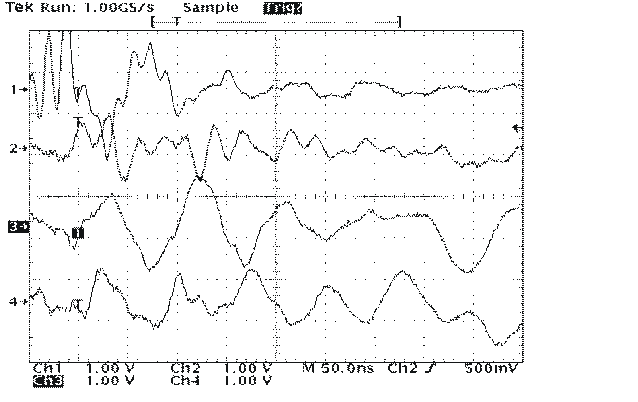SLOA101B August 2002 – May 2016 SN55HVD233-SEP , SN65HVDA1040A-Q1 , SN65HVDA1050A-Q1 , SN65HVDA540-5-Q1 , SN65HVDA540-Q1 , SN65HVDA541-5-Q1 , SN65HVDA541-Q1 , SN65HVDA542-5-Q1 , SN65HVDA542-Q1
-
Introduction to the Controller Area Network (CAN)
- Trademarks
- 1 Introduction
- 2 The CAN Standard
- 3 Standard CAN or Extended CAN
- 4 A CAN Message
- 5
The CAN Bus
- 5.1
CAN Transceiver Features
- 5.1.1 3.3-V Supply Voltage
- 5.1.2 ESD Protection
- 5.1.3 Common-Mode Voltage Operating Range
- 5.1.4 Common-Mode Noise Rejection
- 5.1.5 Controlled Driver Output Transition Times
- 5.1.6 Low-Current Bus Monitor, Standby and Sleep Modes
- 5.1.7 Bus Pin Short-Circuit Protection
- 5.1.8 Thermal Shutdown Protection
- 5.1.9 Bus Input Impedance
- 5.1.10 Glitch-Free Power Up and Power Down
- 5.1.11 Unpowered Node Protection
- 5.1.12 Reference Voltage
- 5.1.13 V-Split
- 5.1.14 Loopback
- 5.1.15 Autobaud Loopback
- 5.2 CAN Transceiver Selection Guide
- 5.1
CAN Transceiver Features
- 6 Conclusion
- 7 Additional Reading
- Revision History
5.1.4 Common-Mode Noise Rejection
Common-mode noise of varied magnitudes exist within the networks associated with CAN applications. Noise from pulsing motor controllers, switch-mode power supplies, or from fluorescent lighting load are the typical sources of noises that couple onto bus lines as displayed in Figure 11. These would otherwise be straight lines.
 Figure 11. Common-Mode Noise Coupled Onto Four Twisted-Pair Bus Lines
Figure 11. Common-Mode Noise Coupled Onto Four Twisted-Pair Bus Lines A CAN transceiver's receiver not specifically designed to reject this coupled noise can respond to common-mode noise as if it were data on a bus and send meaningless data to a controller. TI CAN transceivers are specifically designed and tested for their ability to reject this common-mode noise.